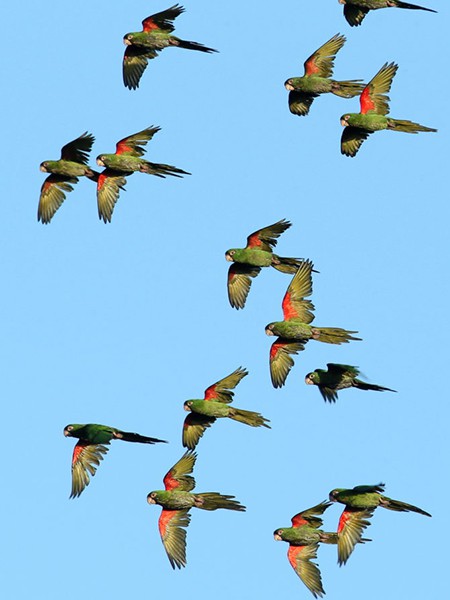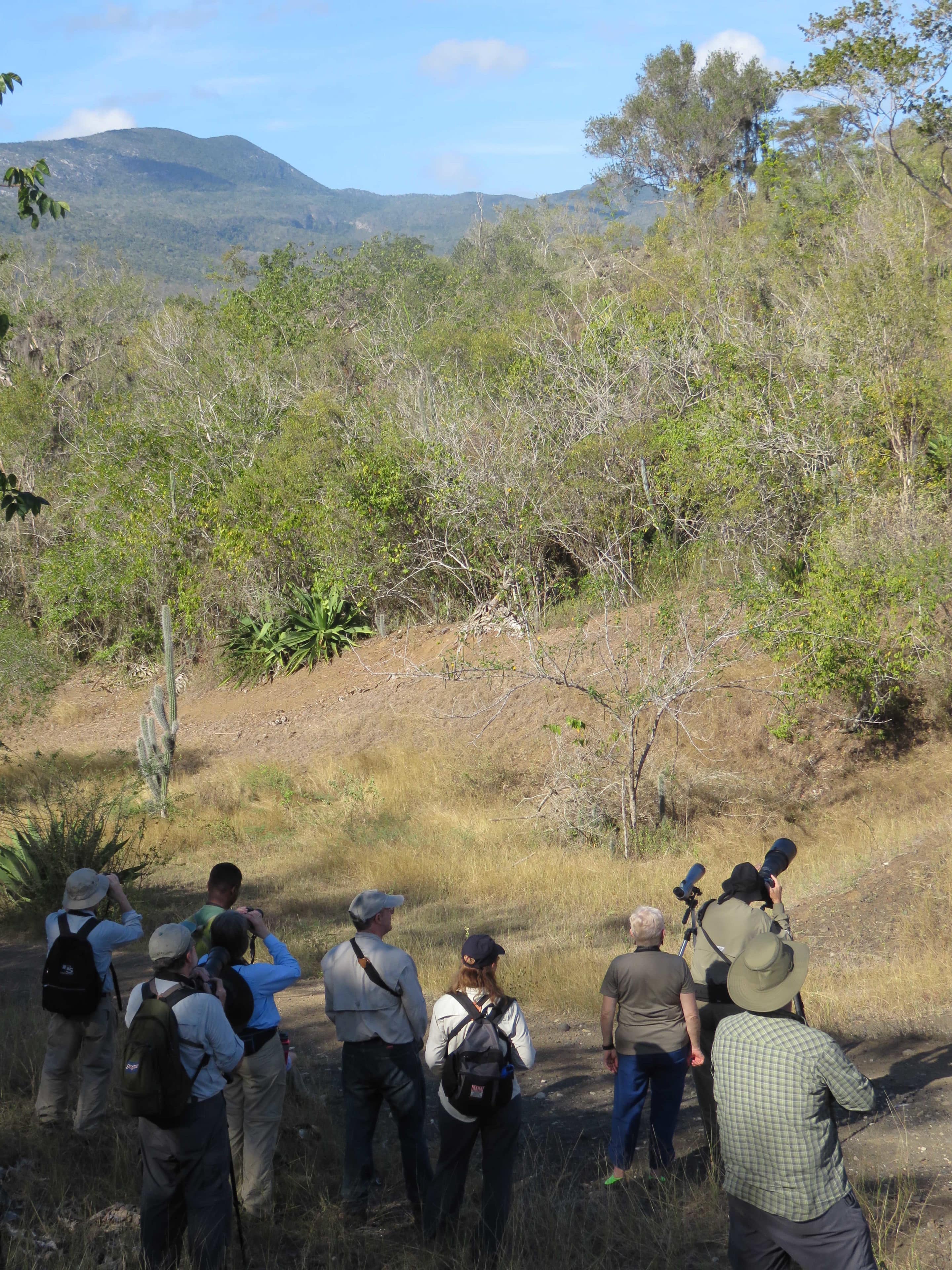Cuba is home to 4% of the world’s land species, including 6,700 different plants, 14,000 invertebrate species and 650 vertebrates. Highlights unique to Cuba include the world’s smallest frog – just 12 mm long, and the tiniest bird, the bee hummingbird. Cuba is also known for the wealth of rare orchids sprinkled throughout its lush tropical forests, as well as prehistoric cacti in the arid southeast, mangrove-lined everglades and one of the world’s longest coral reefs.
Cuban Avifauna
- Total recorded birds: 368
- Endemics: 26
- Endemic sub-species 25
- Breeding native species: 148
- Number of regular migratory birds: 180
- Winter residents: 125
These birds tend to arrive from the north (where they breed) beginning in late summer through early fall. They winter in Cuba, returning to the north in March and April. - Summer residents: 14
These birds tend to arrive from the south beginning in March to breed in Cuba, departing by September.
Land and Environment
- 44, 218 Total square miles (slightly smaller than Pennsylvania)
- 777 miles long
- 2,000 + miles of coastline
- 4000 + islands and keys
- 6,370 plant species (52% endemic)
- 284 designated protected areas, accounting for 11% of Cuba’s total 11 million hectares
- 14 national parks – 6 UNESCO biosphere reserves
- Only 33 sites are actively managed
- Approximately 97 miles south of Key West, FL; 93 miles north of Falmouth, Jamaica; 59 miles west of Mole Saint-Nicolas, Haiti; 155 miles east of Cancun, Mexico; 1,299 miles south west of New York City
- Highest point above sea level – Pico Turquino (eastern mountains) 5,678 feet
Population
- 11,638,760 (July 2010 estimate)
Contact Us @
Caribbean Conservation Trust
353 West Todd Street
Hamden, CT 06518
203-733-1162
cubirds@aol.com


